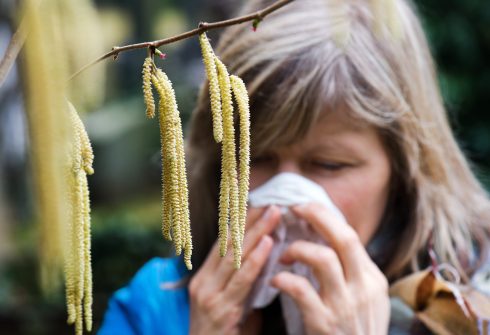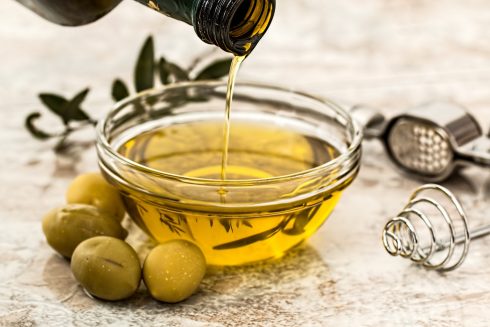RESEARCHERS may have finally found the reason why red wine gives so many people headaches.
The study, carried out by the University of California, has identified a naturally occurring chemical which could be the culprit.
It’s thought quercetin, a flavanol found in red wine – widely produced in Spain – could interfere with someone’s ability to break down alcohol, causing headaches.
The chemical gives fruit and veg, including grapes, their colour.
Alone, quercetin is a powerful antioxidant and is sold in supplements at health food shops.
However, the study published in Scientific Reports journal, has revealed that when combined with alcohol, quercetin can cause problems including nausea, headaches and flushes.
According to Andrew Waterhouse, wine chemist: “When quercetin gets in your bloodstream, your body converts it to a different form called quercetin glucuronide.”
“In that form, it blocks the metabolism of alcohol”, continued the professor emeritus with the UC Davis Department of Viticulture and Enology.
If alcohol is not processed, it can lead to a buildup of acetaldehyde, a well known ‘toxin, irritant and inflammatory substance’.
This can provoke headaches and some people are particularly susceptible according to the report: “About 40% of the East Asian population also has an enzyme that doesn’t work very well, allowing acetaldehyde to build up in their system.”
Those already suffering from migraines or other headache conditions may also be susceptible, says study co-author Morris Levin: “We postulate that when susceptible people consume wine with even modest amounts of quercetin, they develop headaches, particularly if they have a preexisting migraine or another primary headache condition.
“We think we are finally on the right track toward explaining this millennia-old mystery. The next step is to test it scientifically on people who develop these headaches, so stay tuned.”
Several factors affect the level of the headache inducing chemical in wine, such as exposure to sunlight, skin contact, fining processes and aging.
Now, the researchers hope to test their theory on human subjects in a small clinical trial.
READ MORE:
- Spanish chef Dabiz Muñoz is crowned best in the WORLD for the third year running – here’s where you can enjoy his food in Spain
- On the moo-ve: The stunning beach in Spain’s Andalucia where you can watch adorable cows enjoying a stroll (but only at certain times of the year)
- Andalucia seeking out young blood donors aged 18 to 30 to combat impending crisis in future blood reserves









